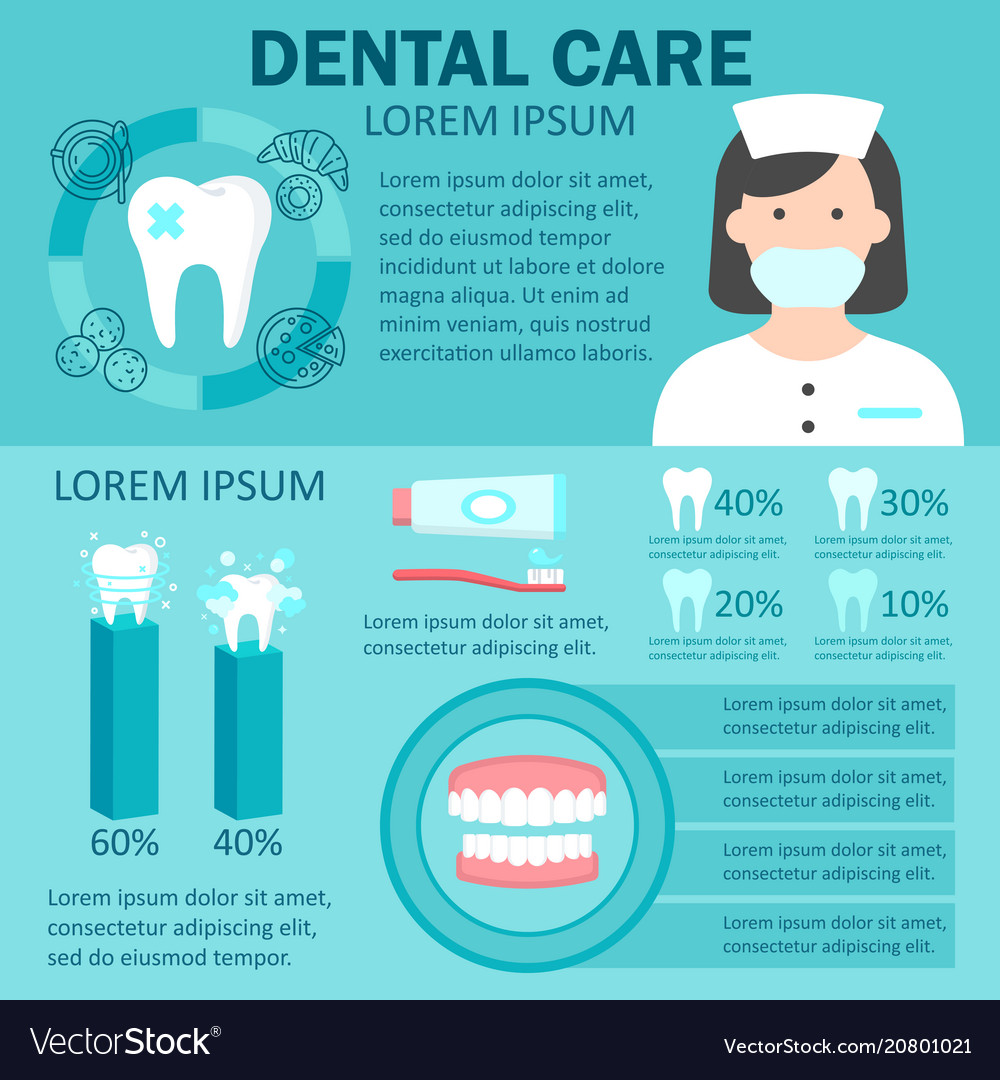The Perspective Of Oral Surgery: Revolutionary Innovations And Enhancements Forming The Profession
The Perspective Of Oral Surgery: Revolutionary Innovations And Enhancements Forming The Profession
Blog Article
Content Create By-Foldager Jefferson
Invite to the globe of oral surgery, where technologies and breakthroughs are shaping the future of the area! In this amazing world, you'll witness the transformative power of robotics, the sophisticated wonder of 3D printing, and the game-changing effect of minimally invasive techniques.
The future of oral surgery holds a promise of precision, efficiency, and boosted client results. With the help of sophisticated robotics, doctors are able to carry out complicated procedures with higher precision and control.
3D printing modern technology is revolutionizing the creation of oral implants and prosthetics, using tailored remedies that fit flawlessly right into each client's distinct makeup.
Additionally, minimally first dental visit leander tx are minimizing post-operative pain and recuperation time, enabling clients to go back to their day-to-days live earlier.
Get ready to explore the amazing innovations and breakthroughs that are improving the landscape of dental surgery!
Advancements in Robotics
One major improvement in dental surgery is making use of robot innovation, which enables accurate and reliable procedures. With the help of robotic systems, dental surgeons have the capacity to perform complex surgical procedures with boosted accuracy, lessening the risk of human mistake.
These robot systems are geared up with innovative imaging modern technology and exact instruments that make it possible for cosmetic surgeons to navigate through elaborate anatomical frameworks effortlessly. By making use of robotic technology, doctors can attain better medical precision, causing boosted individual results and faster recovery times.
In addition, the use of robotics in dental surgery permits minimally intrusive procedures, decreasing the trauma to surrounding tissues and advertising faster recovery.
3D Printing in Oral Surgery
To improve the field of oral surgery, you can explore the subtopic of 3D printing in dental surgery. This ingenious modern technology has the potential to reinvent the method dental cosmetic surgeons run and deal with individuals. Right here are four vital methods which 3D printing is forming the field:
- ** Custom-made Surgical Guides **: 3D printing permits the creation of highly precise and patient-specific medical overviews, improving the precision and efficiency of treatments.
- ** Implant Prosthetics **: With 3D printing, dental specialists can develop tailored dental implant prosthetics that completely fit an individual's one-of-a-kind makeup, leading to far better results and person fulfillment.
- ** Bone Grafting **: 3D printing enables the production of patient-specific bone grafts, reducing the demand for standard grafting methods and boosting healing and recovery time.
- ** Education and Training **: 3D printing can be utilized to create practical surgical models for educational functions, enabling oral surgeons to practice complicated procedures before doing them on patients.
With its prospective to enhance precision, personalization, and training, 3D printing is an amazing advancement in the field of dental surgery.
Minimally Intrusive Strategies
To better progress the field of dental surgery, welcome the potential of minimally intrusive strategies that can considerably benefit both cosmetic surgeons and clients alike.
Minimally Discover More are revolutionizing the field by lowering medical injury, lessening post-operative pain, and accelerating the recovery process. These techniques entail using smaller sized incisions and specialized tools to execute procedures with precision and performance.
By using innovative imaging technology, such as cone light beam computed tomography (CBCT), specialists can accurately prepare and execute surgical treatments with minimal invasiveness.
Furthermore, making use of lasers in dental surgery permits accurate cells cutting and coagulation, resulting in lessened blood loss and decreased recovery time.
With minimally invasive strategies, individuals can experience much faster healing, minimized scarring, and enhanced outcomes, making it an important facet of the future of dental surgery.
Conclusion
So, as you can see, the future of oral surgery is exceptionally promising, with exciting developments and advances forming the field.
From the improvements in robotics to the use of 3D printing and minimally intrusive strategies, dental specialists are transforming the method they give treatment.
While some might worry about the possible expense associated with these improvements, it is necessary to remember that these innovations eventually enhance person outcomes and lower recovery time, making them well worth the investment over time.
